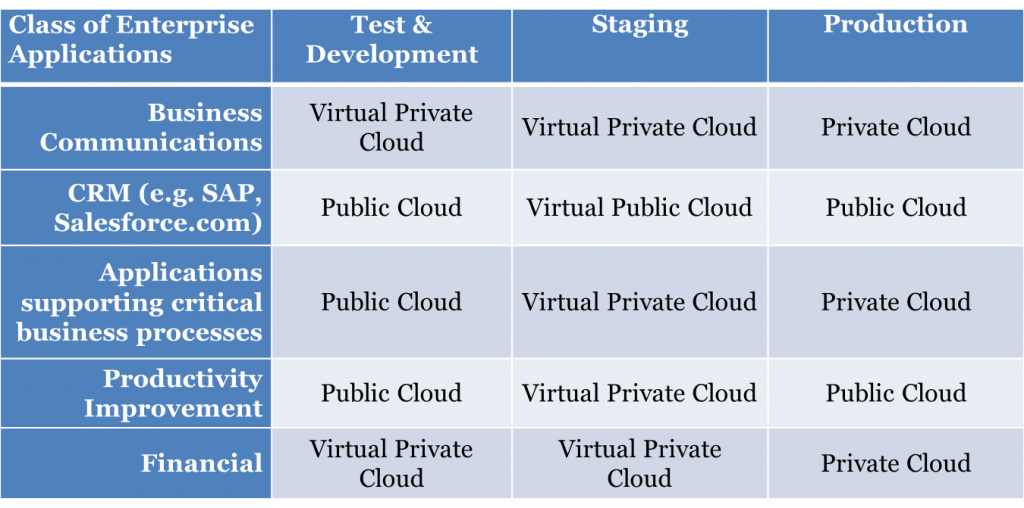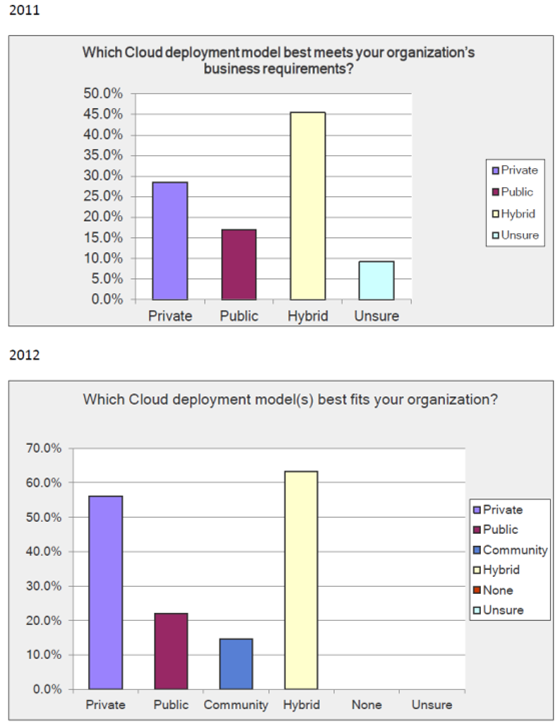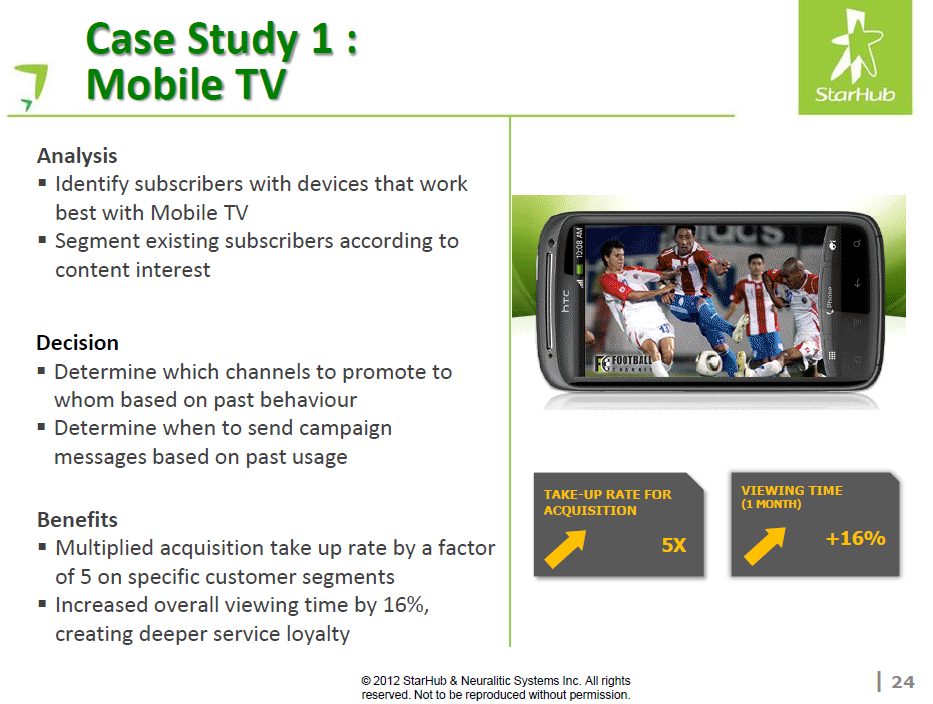Cloud Asia delivered its third year co-organized with Singapore’s IDA (Infocomm Development Authority) with 400+ attendees. My workshops on Cloud Computing and Big Data and Real-Time Analytics ran in parallel with the main conference and were packed with 40-50 people in each session. Cloud Asia continues to be the most frank and focused discussion on cloud implementation across many different types of businesses, from web-centric start-ups through the many businesses with legacy IT infrastructure to governments. My highlights from Cloud Asia 2013 are shown at the end of this article, my highlights from Cloud Asia 2012 are here.
The first day finished with senior cloud leaders from the governments of Hong Kong, Thailand, Singapore and Korea very frankly sharing their experiences on cloud adoption in their countries. The data they shared was inspiring given the speed of cloud adoption, as well as insightful on the challenges specific to each country. The slides at the end of this article summarize some of the data they provided.
Hybrid cloud was definitely the topic of discussion, it simply means using infrastructure appropriate to the workload and its status (test/development, staging, or production). Which results in a mix of public, virtual private and private cloud; as shown in the example workload mapping, and the results from the Open Group survey, both shown below. The case study from SATS (Singapore Airport), summarized in the slides at the end of this article, shared their experience in migrating to a hybrid cloud, and highlighted some of the common issues many enterprises are facing: in choosing the right partners, implementation complexity, and business units not wanting to release control of their workloads.
A common theme in cloud computing is the security issue, its been here since the start of cloud computing nearly 10 years ago. In my opinion it’s become an excuse, when the underlying issue is often the business case when legacy infrastructure is involved. Just look at the surveys on barriers to cloud adoption, the business case for cloud migration is usually missing. We also need to consider the type of business. For example, most of the online businesses we access through our smartphones, e.g. Amazon, Google, Dropbox, BBC News, Skype, Netflix, LinkedIn, Accuweather, Wikipedia, your favorite airline and hotel applications, Viber, Whatsapp, Pandora, your favorite shopping applications, etc. all happily operate in the cloud and no one bats an eye. The slides at the end of this weblog provide some insights into the data breaches we’re seeing based on a Verizon study, which provides a great checklist on tightening up end to end security. Governments are aggressively moving to the cloud, the US Government has shaped the thinking in the cloud industry with the NIST Cloud Computing framework, which I use throughout my cloud projects, and I included in my highlights from Cloud Asia 2012.
The challenge with cloud computing is in all those businesses with legacy infrastructure, that’s the tough business model. Running in the cloud can be 5-7 times cheaper from an infrastructure operations perspective. BUT we cannot forget about people and processes. Businesses cannot simply close down their data center and have everything magically run on the cloud. There is significant effort required to migrate corporate applications from their internal environment.
Specifically, it’s complex to run an enterprise application in a preferred public cloud while staying integrated with the internal environment and its associated services, processes, tools, and relationships. A whole landscape of specifications for OS versions, storage, networks, and management tools has to be mapped and modified for an external environment that is usually unfamiliar to internal IT staff. In addition, the applications almost always need to reach back to services and processes in the data center, setting up a number of integration issues that are not easily resolved. Thus, migration projects often take weeks or longer, preventing many companies from even considering cloud deployment.
The separate, largely isolated environment imposes management challenges that don’t occur internally when the application is under enterprise control. These same challenges also apply to new enterprise applications developed in the cloud since they also require integration with data center tools, processes, and services. Everything from authentication and authorization to internal databases and basic services has to be managed separately for an application to run in the cloud.
So the four main challenges businesses face in migrating workloads to the cloud are:
- Rebuilding the application stack within the cloud
- Setting up the network
- Adding end-to-end security
- Managing the application in a separate environment
Now there are a number of technologies and a fair bit of professional services that can help get around these issues. They are not difficult barriers, but often overlooked in the initial high level project planning that identifies some candidate workloads to migrate to the cloud. Some of more popular workloads to move to the cloud include:
- Analytics (Data mining, text mining or other analytics, Data warehouses or data marts and Transactional databases)
- Business services (Customer relationship management (CRM) or sales force automation, E-mail, Enterprise resource planning (ERP) applications, Industry-specific applications)
- Collaboration (Audio/video/Web conferencing, Unified communications and VoIP infrastructure)
The slides at the end of this weblog provide some great case studied on enterprises experiences in migrating such workloads from SATS, Diners World Travel and Unified Communications in Healthcare.
In my Big data and Real-Time Analytics workshop, I gave a refreshed review of the state of the market given all the M&A that has taken place since the Telco Big Data conference last year, for example Neuralitic being bought by Guavus. I reviewed some of Neuralitic’s case studies including their work with Starhub. For most the move to Big Data will be incremental and complementary to existing platforms and investments. The key is to focus on the solution: the application of the Analytics to the business, not the technology.
Overall, Cloud Asia continues to be a worthwhile investment of my time as it lacks the hype and vendor domination of similar conferences in other regions. APAC countries are leading the move to cloud computing, their governments are creating strong incentives, and they are migrating pragmatically and frankly sharing their experiences to help get the most out of migrating workloads to the hybrid cloud. Its the best place to learn and share best practices.


